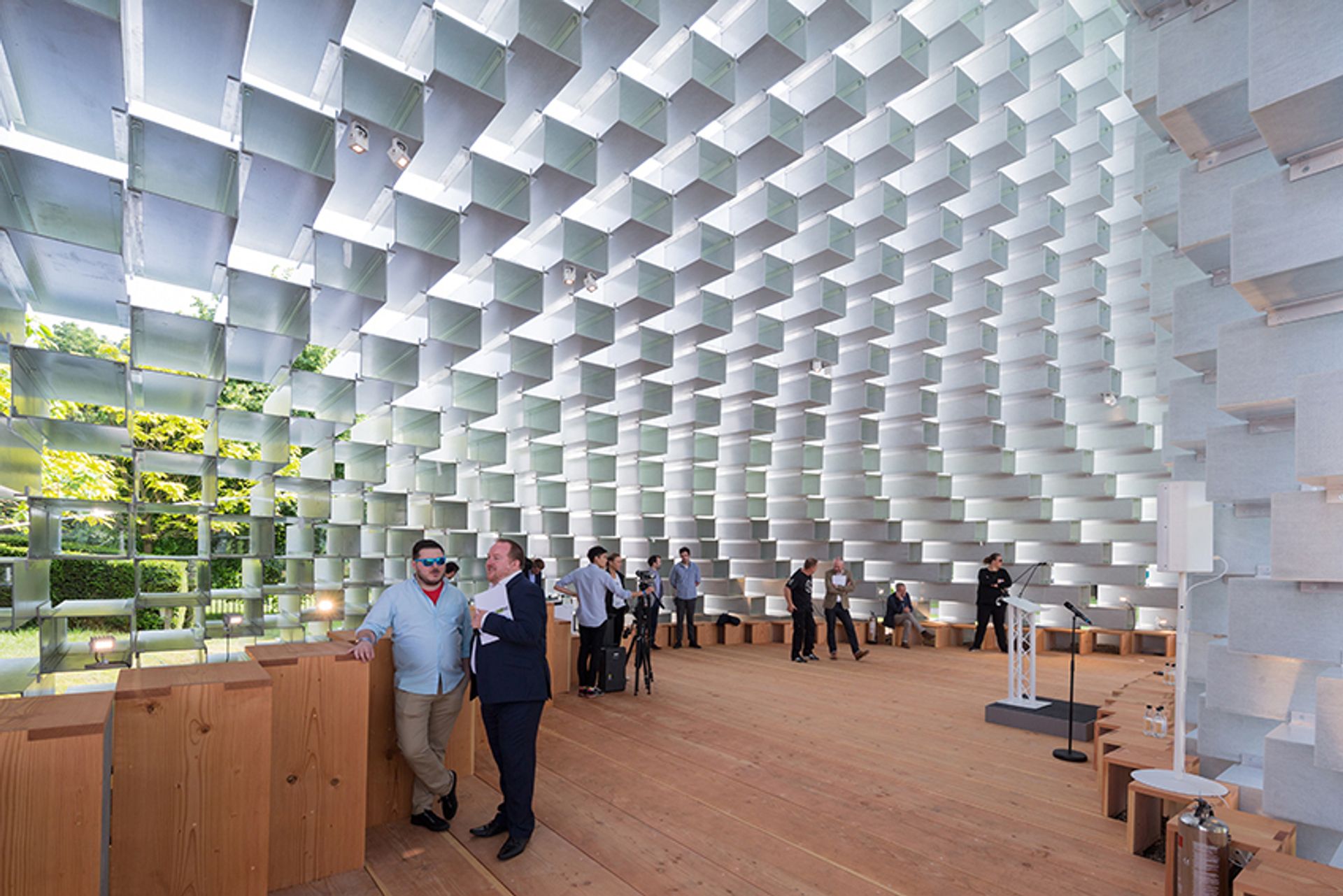The Serpentine’s outgoing director, Julia Peyton-Jones, has been at the helm of the institution since 1991 and inaugurated the annual Serpentine Gallery Pavilion programme in 2000. The 16th edition of the project, which runs from 10 June to 9 October, will be her last, and the programme has been dressed up for the occasion with four ancillary summer houses to complement the main design.
The pavilion has been designed by the Copenhagen and New York-based firm Bjarke Ingels Group (BIG), which is responsible for designing the new 2 World Trade Center building in New York, currently in construction. Starting from the concept of a basic wall, Bjarke Ingels has created a design that “unzips” the stricture into a curvaceous three-dimensional space that will house a café by day and performances by artists and musicians by night.
Meanwhile, four architects—Kunlé Adeyemi, Barkow Leibinger, Yona Friedman and Asif Khan—have created smaller “summer houses” that draw inspiration from the nearby Queen Caroline’s Temple, a neo-classical summer house built in 1734 and designed by William Kent. None of these five architects have previously completed a permanent structure in the UK.

Since the start of the programme, the Serpentine’s summer pavilions have seen some of the biggest names in architecture make their mark in London’s Hyde Park, including Zaha Hadid, Toyo Ito and Cecil Balmond, Oscar Niemeyer, Frank Gehry, Sou Fujimoto, Daniel Libeskind and Jean Nouvel.
Peyton-Jones’s role will be taken over by the philanthropist Yana Peel, the co-founder of the Outset Contemporary Art Fund and ceo of the debate platform Intelligence Squared.

